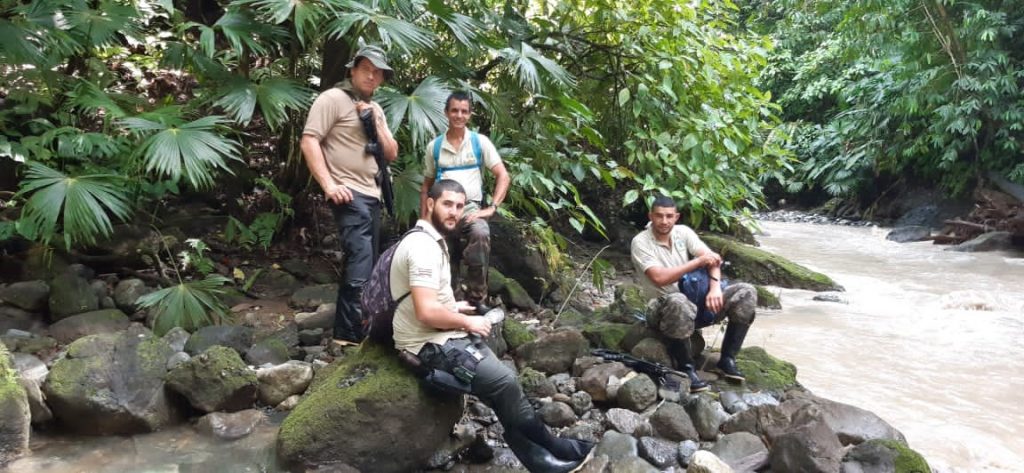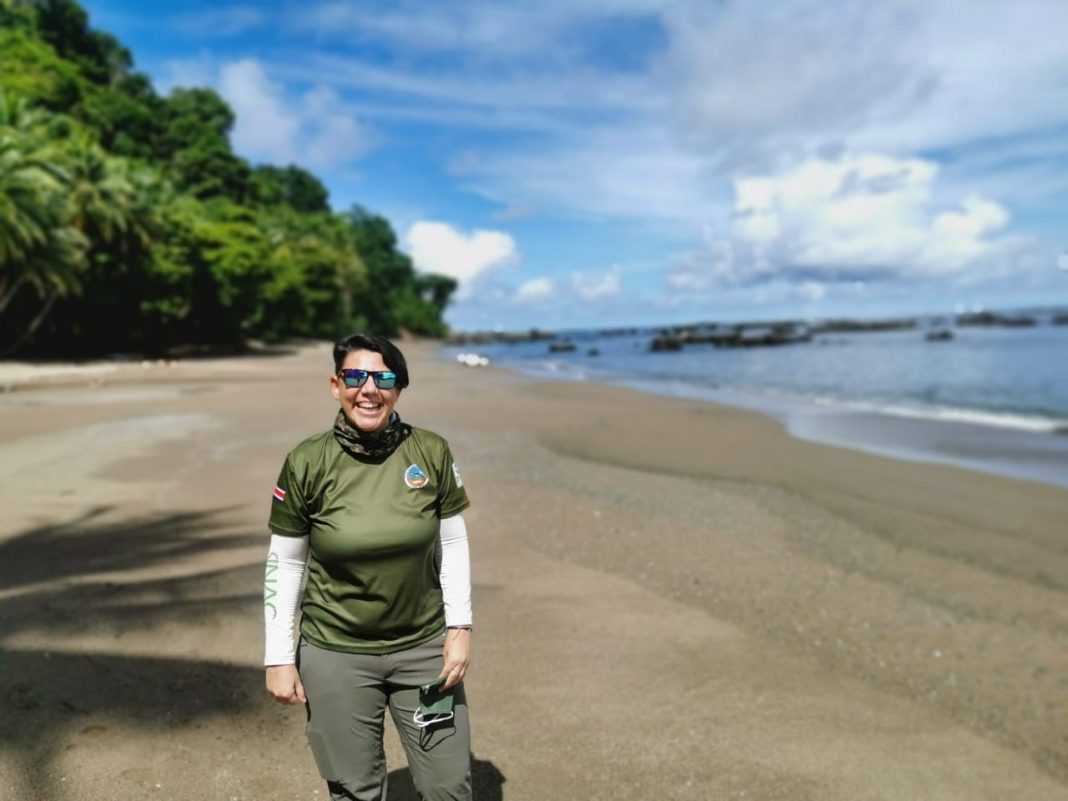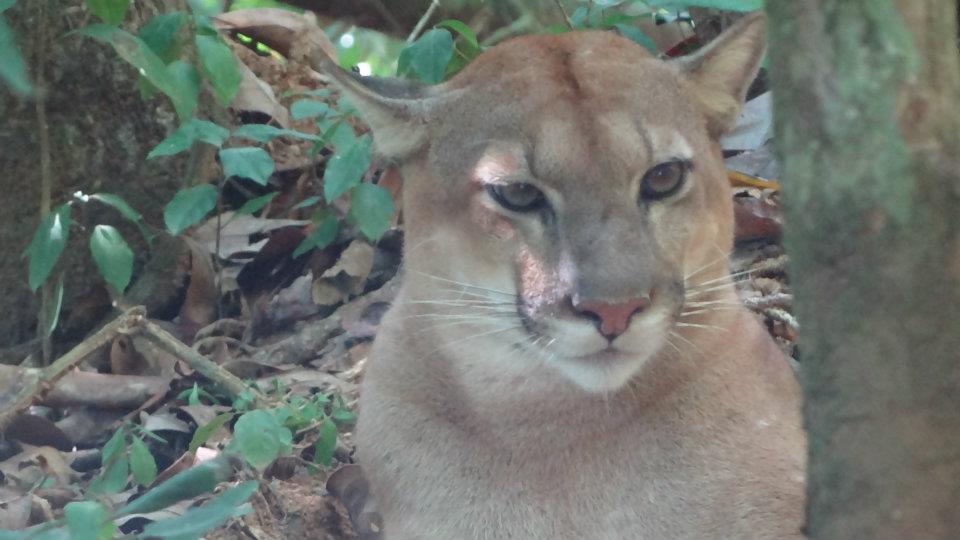
One morning in 2012, I was with a colleague on a review of the trails in San Pedrillo, one of the sectors of Corcovado National Park, when we came across a puma lying on the trail. We were just two meters away, when the feline noticed us. It got up, roared, made a scratching gesture, and stood motionless, watching us. I was filled with emotions—mainly fear—but after we drifted away a bit, I felt more happy than scared. I took out my camera and started taking pictures of it.
During 12 years of work in the Osa Conservation Area (ACOSA), there have been countless moments like this one, when I have felt extremely grateful for the work I do—moments in which I have said to myself, “This is the job for me.” But satisfaction has also come with challenges.
The National System of Conservation Areas (SINAC) is a male-dominated institution. It has been a challenging workplace for women ever since it was founded. In the history of SINAC, very few women have assumed leadership positions; those of us who have done so must face not only institutional challenges such as budget cuts, the lack of infrastructure or infrastructure that is in poor condition, personnel management and community management, but also a macho culture that manifests itself in multiple ways. For example, there are male staff who refuse to follow directions from women and show a lack of confidence in women’s abilities, technical criteria, and decision-making. Whenever I notice this macho behavior, I inevitably get discouraged. However, I am aware of the importance of continuing to demonstrate that women are capable of assuming positions of power responsibly and efficiently.
During my childhood in Moravia, San José, I was a very active girl. I spent my free time playing games in the street, and I loved going to play at the river, known in the neighborhood as La Sequía: climbing trees, collecting spiders, and discovering new and diverse insects. Around this time, my father, Gerald Mory, taught me to protect the environment, rescuing animals such as a turtle and a mockingbird. We also planted trees, and collected garbage every time we went to the beach.
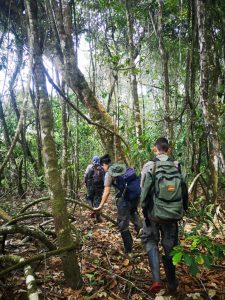
Without a doubt, these life experiences greatly influenced me to choose to study ecotourism at the University of Costa Rica. After that, I entered the State Distance University (UNED) to pursue a degree in the Management of Sustainable Tourism. I’ve now worked for 12 years as a civil servant in the Osa Conservation Area (ACOSA). I started at the Corcovado National Park (PNC) reservation office. After experiences that included a course in Japan on participatory monitoring with camera traps, and a master’s degree in Spain in Protected Natural Spaces, I became the administrator of the PNC.
Running a Protected Wilderness Area (ASP) in Costa Rica is a daily challenge, mostly due to SINAC’s budgetary and human resource limitations. ASPs have general management plans, as well as specific plans for control and protection, tourism, and environmental education, and other topics. However, opportunities to implement them effectively and efficiently are few and far between. The institution has suffered from various budget cuts in recent years, and is short-staffed.
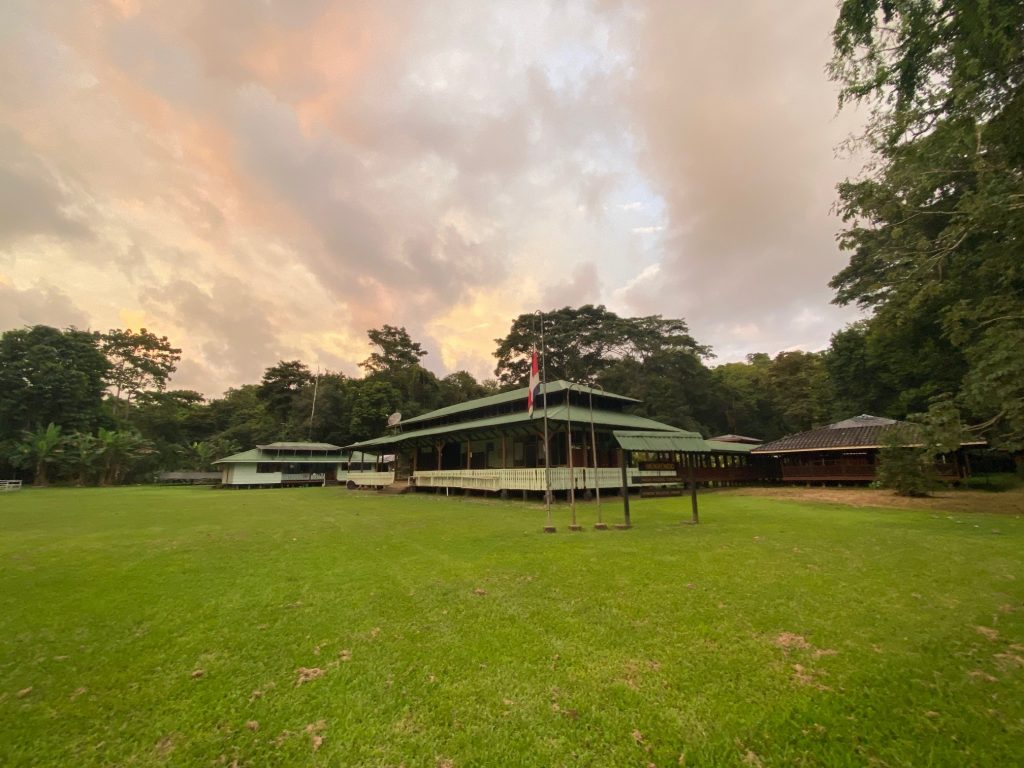
To list one example of many, our PNC administration has no expense budget available for the second semester of 2021.
Budget cuts and the lack of personnel have significant consequences: staff are overloaded, environmental crimes can get overlooked, and sometimes even field work and infrastructure maintenance becomes impossible. Staff can lose motivation, feeling that part of their rights as workers are not being met.
However, my work is also full of satisfaction.
Being part of the work team of the most biologically intense place on Earth; for example, Corcovado has recorded 14 jaguars over the last 12 years, thanks to the Biological Monitoring Program.
Witnessing how families surrounding ASPs find sustainable job options linked to ecosystem services, and how we help make that possible.
Knowing that the work I have been doing for 12 years contributes to the protection of the biodiversity of my country.
What would I like to see accomplished in the future? Greater coherence between the green image Costa Rica projects both inside and outside our borders, and the importance that our government assigns to SINAC as an institution charged with ensuring conservation and sustainable use of the natural resources. In other words, there is an urgent need for a larger budget and more staff positions.
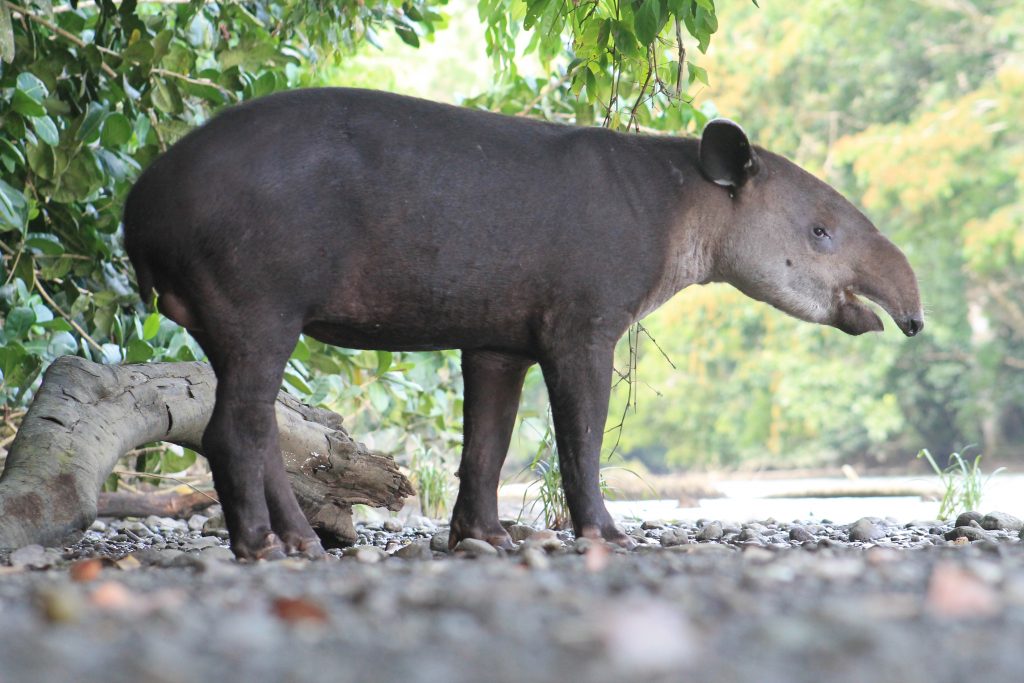
In addition, Costa Rica must provide innovative work options and better living conditions for the communities within or surrounding ASPs, in order to limit the excessive use of natural resources as a way of life.
Finally, it is essential that all members of our society take responsibility for conservation and the sustainable use of natural resources. To make this happen, environmental education at various community and institutional levels is fundamental.
Why dedicate your life to being a park ranger? Because our spirit and dedication protect the natural resources on which human life and all living beings depend. Without park rangers, the loss of biodiversity and the deterioration of natural resources would be even more accelerated.
